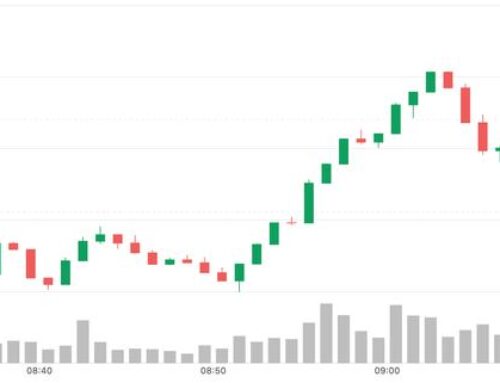Top 10 African countries with the highest renewable energy share in their power mix
May 11, 2025
As global efforts to reduce fossil fuel use intensify, many African nations are turning to renewables to improve energy access, lower electricity costs, and strengthen power system reliability.
This ranking focuses on each country’s renewable energy share.
That is, the percentage of its total electricity generation that comes from renewable sources like hydro, solar, wind, and geothermal. It does not measure total renewable energy production, which could be high even in countries that still rely heavily on fossil fuels.
ADVERTISEMENT
Across Africa, countries are adopting renewable energy not only to curb emissions but also to expand electricity access in remote regions, reduce reliance on expensive fuel imports, and address unstable power supply.
The trend is clear: a growing number of African nations are now producing the majority of their electricity from renewable sources.
In East and Central Africa, hydropower remains the dominant source of clean energy, while in Southern Africa, countries like Namibia are blending solar into their grids. Meanwhile, smaller countries such as Lesotho and Eswatini are maintaining close-to-total renewable reliance.
As of early 2025, renewable energy targets have been incorporated into the national strategies of over 30 African countries. Many of these strategies are backed by power purchase agreements (PPAs), donor support, and international development financing.
Some nations are also incentivizing off-grid and mini-grid development, especially in underserved rural areas, while others are fast-tracking utility-scale hydro and solar projects with public-private partnerships.
ADVERTISEMENT
$100 billion needed annually for Africa’s renewable energy goal – Report
BI Africa
These policies typically include tariff reforms, reduced import duties for renewable components, and state-run rural electrification programs.
For instance, Uganda’s GET FiT program has supported dozens of small-scale hydro projects, while Mozambique is building out large-scale solar parks in addition to expanding its hydro capacity.
The following countries are leading the way in Africa when it comes to renewable energy share, according to the most recent data published in May 2025 by Ember’s global electricity review:
ADVERTISEMENT
| Rank | Country | Renewables Share (% of Electricity) | Notable Highlights |
|---|---|---|---|
| 1 | Central African Republic | 100% | 100% hydro-based grid. |
| 2 | DR Congo | 100% | Powered by Inga Dam and small hydro. |
| 3 | Ethiopia | 100% | Massive hydro (GERD); expanding wind. |
| 4 | Lesotho | 100% | Small grid fully powered by hydro. |
| 5 | Namibia | 98% | A mix of hydro and rapidly growing solar. |
| 6 | Uganda | 97% | Strong hydro base; GET FiT program. |
| 7 | Eswatini | 96% | High hydro penetration. |
| 8 | Malawi | 96% | Hydro-based grid with some solar. |
| 9 | Sierra Leone | 95% | Bumbuna hydro dominates supply. |
| 10 | Mozambique | 84% | Cahora Bassa Dam + solar expansion. |
The leading five, Central African Republic, DR Congo, Ethiopia, Lesotho, and Namibia, have all reached near or full renewable electricity generation, primarily through hydropower.
CAR, DR Congo, and Lesotho operate 100% renewable electricity grids, with minimal industrial demand and consistent hydro supply.
Ethiopia’s Grand Ethiopian Renaissance Dam (GERD) has significantly boosted its hydroelectric output, enabling it to reach 100% renewables. Namibia, while still grid-linked to South Africa, generates 98% of its own electricity from clean sources, thanks to a growing solar sector.
Search
RECENT PRESS RELEASES
Related Post




